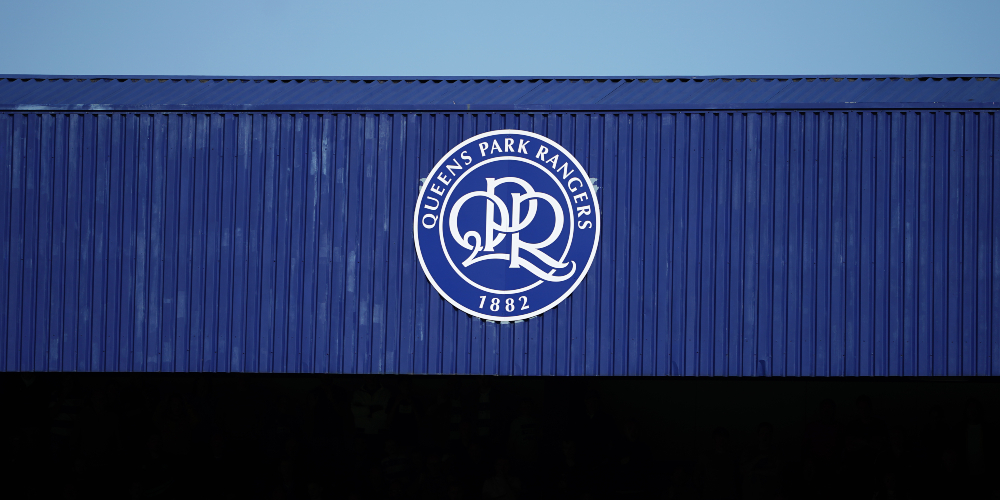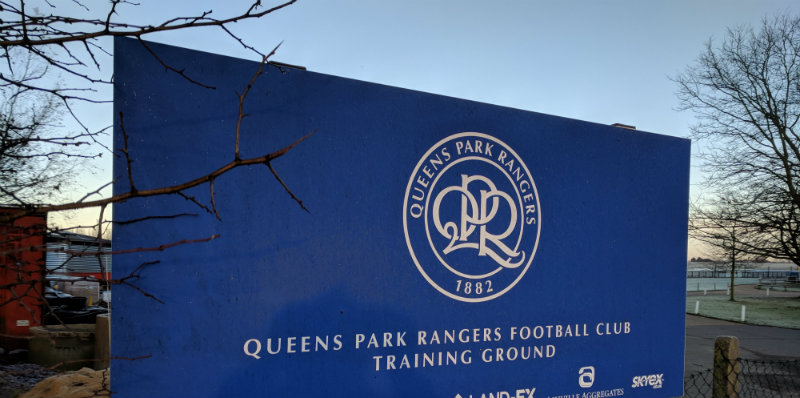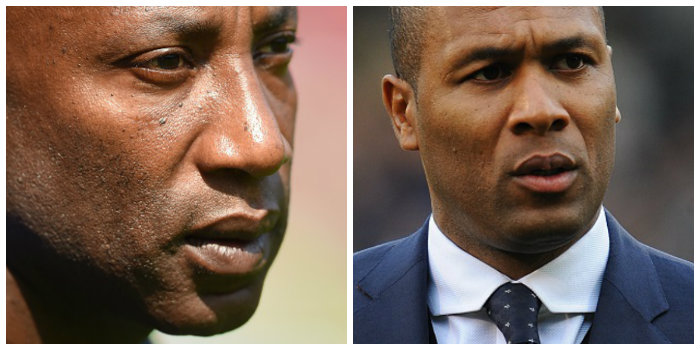New training ground might not mean new status for QPR academy – but does it matter?

Last month QPR took another step towards moving to their new training ground when plans were submitted for their proposed redevelopment of the Concorde Club.
Having securing the freehold to the 27-acre site in Heston earlier this year, after abandoning an eight-year battle for Warren Farm, the club now plan to house the first team, academy – who are already based there – and the women’s team together by 2022.
The move will be a big upgrade from the current facility in Harlington, despite significant money having been spent by the club on the gym, pitches, changing and medical facilities over the last five years.
Rangers’ academy currently operates as a category two system.
And despite the move to a new state-of-the-art complex, there are no guarantees the club will seek approval from the Premier League to upgrade to category one. But would it matter?
The rush for category one status
There are currently 26 clubs with category one academies, with Burnley, Leeds and Crystal Palace earning approval to step up in July.
Swansea and Watford opted out, with the Swans dropping to category two and Watford to category three following their relegation to the Championship.

The kudos of being a category one academy has seen Nottingham Forest and Birmingham City indicate they plan to make submissions to be upgraded.
The main benefits are that some of the best young players in the country get to play against one another each week in the Premier League 2 under-23 league and the under-18 equivalent.
QPR and EPPP
Clubs also, crucially, do not have to conform to the rule which prevents players being signed from more than 90 minutes away from the training ground, given them the freedom to scour the country and beyond for young talent.
Under the Elite Player Performance Plan (EPPP), clubs also have the right to sign youngsters from other clubs with minimal compensation needing to be paid in return.
It is an edict that prevents the likes of QPR benefiting significantly – like they did for Raheem Sterling’s sale from Liverpool to Manchester City – and is deeply unpopular with smaller clubs.
Financial assistance is also provided by the Premier League. The more money spent by clubs, the more they receive back in funding.
But is category one worth it?
Although this does help offset the exorbitant funds needed to maintain a category one system, many in the game question whether the expense is worthwhile – given how few players make it all the way through the ranks to the first team.
In addition to the infrastructural costs, where floodlit pitches, an indoor surface and year-round match analysis suites are mandatory, 27 full-time positions must be filled.
These roles include a head of education, psychologists, sports scientists, strength and conditioning coaches in addition to one coach for every eight players from the Under-11’s upwards.
But while Manchester United and Southampton have regularly churned out several high-class academy products for their first team, Chelsea have only in the last 18 months started to do likewise despite spending more money than any other club in the country of their youth system.
Sunderland, Newcastle and Stoke City have had little homegrown talent on display over the last decade despite being long-time category one clubs.

Everton, despite enjoying much success at under-23 level in recent years, only had one academy graduate in Tom Davies – an unused substitute – in their matchday squad for their recent 3-1 defeat by Manchester United.
It begs the question whether it’s worth the expense for clubs to move to category one when the lure of a proven pathway to the first team often isn’t enough to entice a young player to sign.
Several academy directors feel the vicarious nature of many parents will see the lure of a big-club badge as more important for their boys despite coaching and career progression often being better elsewhere
There is also a common belief that several non-category one clubs boast better coaching than their more cashed-up rivals, regardless of the shiny training facilities.
Leeds, Nottingham Forest, Charlton, Sheffield United, Crystal Palace and Coventry City – category two clubs for the past decade – have all managed to produce top-class, international talent.
Wilfried Zaha, Victor Moses, Aaron Wan-Bissaka, and Nathanial Clyne all came through at Palace and have been bought and sold across their careers for more than £80m.
It’s a similar story at Sheffield United where England stars Kyle Walker, Harry Maguire, Dominic Calvert-Lewin and Phil Jagielka all learnt their trade at the Blades academy.
At Coventry, James Maddison and Callum Wilson were developed by the Sky Blues, with Forest boasting an impressive alumni that includes Jamaal Lascelles, Patrick Bamford, Matt Cash and Wes Morgan.
Charlton also have a sensational strike rate that is the envy of many top clubs, with England’s Joe Gomes and Jonjo Shelvey starting their careers at The Valley. Ademola Lookman and Ezri Konsa did likewise before making big-money moves to the Premier League.
Leeds’ prolific system boasts Kalvin Phillips, Fabian Delph, James Milner and Aaron Lennon before they stepped up to category one in July.
After many years of neglecting a once plentiful production line, QPR have finally started to bring through pure home-grown players of their own such as Darnell Furlong and Osman Kakay.
They have also successfully developed players discarded by other clubs such as Ebere Eze, Ilias Chair and Seny Dieng as they change tack after almost two decades of only focusing on the first team.
Rangers face dilemma
The new Heston facility, the biggest infrastructural development for the club since Loftus Road was modernised under Jim Gregory’s chairmanship more than 40 years ago, will not only usher in a new dawn at the club, but make focus on youth development greater than ever.
But with Huddersfield and Brentford recently closing their academies because of EPPP, and West Brom, who have a category one set-up, voicing grave concerns about the system after seeing some of their best prospects poached by rival clubs, Rangers face a dilemma about what road to go down.
With clubs like Manchester City offering to pay for young player’s education up to the age of 20 – even if he doesn’t make it to their first team – as an incentive to sign, the competition for academy players has never been higher.
Do Rangers try to take on Chelsea, Arsenal, West Ham, Fulham and now Palace in the aggressive pursuit and often expensive pursuit of young talent, with no guarantee of success?
Or is it better to go with a system that has had success elsewhere for a fraction of the cost with more reliance on strong scouting and good coaching instead of state-of-the-art gymnasiums?

04/12/2020 @ 12:45 pm
“New training ground might not mean new status for QPR academy – but does it matter?” :-
If you want to attract top class players it does
17/11/2020 @ 7:06 am
In my opinion category two would be the best way forward for us. There is enough talent to develop within a 90 minute radius from Heston, huge catchment area.
Category one we would run the risk of investing heavily only to see our best talent poached by bigger clubs.
For a club like ours there is nothing better than seeing young, home-grown players come up through the ranks and get to play first team football. For me that’s one of the greatest parts of a club like the mighty QPR!
U R’SSSSSSSSSSSSSSSSSSSSS!